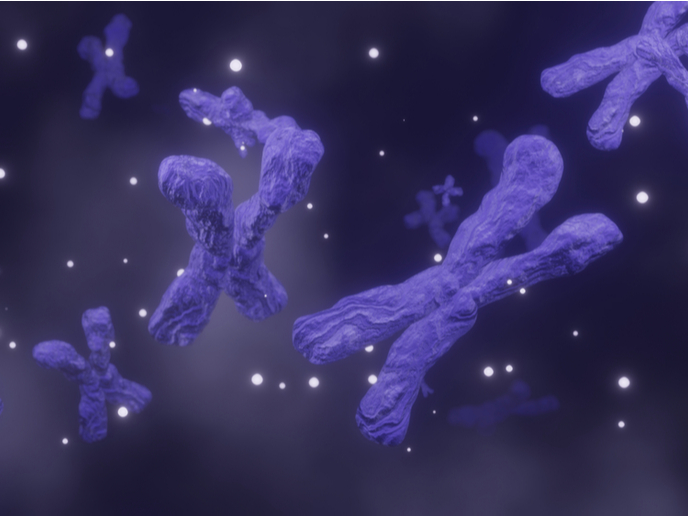Memory storage when mice use their whiskers to detect texture
The EU-funded AG-GF project, with support from the Marie Skłodowska-Curie programme, aimed to locate where in the cortex information is stored for short-term memory purposes. “Thanks to the genetic and technological advances in neuroscience, we were able to simultaneously image activity of millions of neurons distributed across many different cortical areas,” explains Ariel Gilad, project coordinator at The Hebrew University of Jerusalem.
Standing still as opposed to being on the run shifts memory location
Mice were tracked while using their whiskers to discriminate between two different textures after which they maintain the information in short-term memory for several seconds. “Surprisingly, we found that short-term memory was located in two very different areas, either in the frontal secondary motor cortex (M2) or in a newly identified area in the posterior cortex that we simply termed as area P,” Gilad reveals. It turns out the location of short-term memory is highly dependent on the mouse itself. In this type of task, each mouse tends to adopt a different behavioural strategy to solve the task. Some adopt an active strategy, moving and whisking during sensation, whereas others adopt a passive strategy, sitting quietly during ‘sensing’. In the ‘hyper’ mice, short-term memory was located in M2. If mice were sitting quietly, short-term memory was not present in the frontal cortex but rather in area P. “Short-term memory is not related to only one area, but is rather flexible depending on the internal state of the mouse itself,” Gilad explains.
Observation of behaviour key to mechanism
In science, generally, individual differences are neglected. For example, an average across different animals yields a single value that supposedly best represents the population. Gilad tells the story: “The breakthrough came as I was watching a video of a special mouse that alternated between active and passive strategies even on a trial-by-trial basis. Only by relating each trial to the corresponding activity map in the cortex, did the relationship between the internal state of the mouse and the location of short-term memory become clear.”
Whisking the results into future research
The plan is to expand observations to many other brain areas, such as subcortical areas and cortical areas that are hard to access. “I intend to study different cognitive processes such as perception, learning and sensory processing that should all come together to comprise a coherent intellect,” Gilad adds. Imaging of specific cell types across the whole cortex is now possible, so, for example, cells belonging to a specific layer in the cortex or cells that inhibit activity can be pinpointed. It is also feasible to label cells that project from area to area and thus start mapping connections between different areas to better understand the brain as a network. The brain is a dynamic and flexible entity, engaged in an ever-changing interaction between the internal and external worlds. Gilad reflects on the lessons learned from the AG-GF mice: “There are no two similar brains on Earth. Therefore, our scientific investigation must adopt a similar flexible and dynamic nature always keeping an open mind emphasising the variability and ambiguity of cognitive processes.”
Keywords
AG-GF, cortex, short-term memory, mice, activity, whiskers, neuroscience, passive, memory storage







